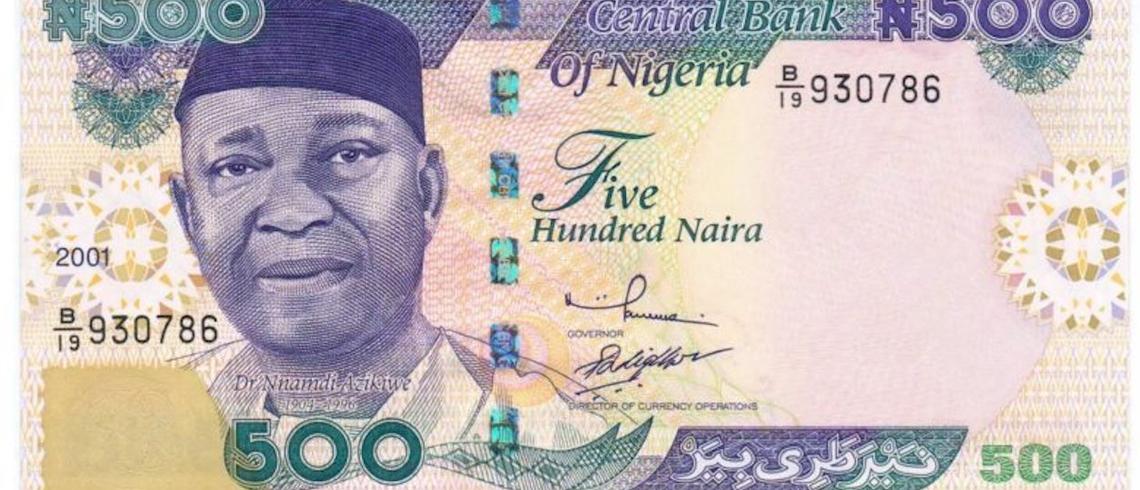
Where Nigeria Money Is Printed: The History and Facts
Where Nigeria Money Is Printed: The History and Facts
Nigeria is a country with a lot of money and it has been the fastest growing economy in Africa for the past 5 years. The Nigerian naira is Africa's most traded currency, and Nigeria's gross domestic product (GDP) growth rate was 4.7% in 2016. This blog post will cover where Nigeria money is printed, what the Nigerian naira looks like, and how much it costs to print 1 million Nigerian Nairas at various locations around the world.
The Central Bank of Nigeria prints all bills for circulation in Nigeria; however, they also license other organizations to print banknotes for use abroad (Nigerian Naira).

Section 1: The Central Bank of Nigeria
The Central Bank of Nigeria (CBN) is the Federal Government body that oversees the production and printing of banknotes, coinage, and other bank-related coinage and banknotes. They also manage the coordination of the nation's financial system and provide public policy advice to the Minister of Finance and Minister of Finance itself. The CBN does not actually have any power to print money; however, the People's Bank of China has managed to print money in China since 1958.
Banks
Banks are owned by commercial banks that borrow money from investors, meaning that most of the money is debt, and then lend the money to businesses. Commercial banks are the largest employers in Nigeria.
The Nigerian Naira
In 2017, one Nigerian Naira was equal to 0.89 US Dollars, making it one of the weakest currencies in the world.
New banknotes and coins are introduced regularly, and the "old" currency is removed from circulation after a certain period of time. In October 2016, the Central Bank of Nigeria launched the New Generation Currency, which came with some new features and came with a higher denomination (1,000 Naira).
What is a banknote?
A banknote is a note that a bank issues to their customers to facilitate the transactions they make. The notes typically have higher denominations than Naira, and they are called coins if they are copper (and 2, 5, 10, and 20 Naira coins) or silver (and 50, 100, and 500 Naira coins).
Where Nigeria Money Is Printed
First, all the cash is printed by the CBN. They produce banknotes for all national currencies (including the Nigerian naira). They print both higher denomination (the 1,000 Naira, the 5,000 Naira, etc) as well as lower denomination bills, so one can buy 1000 Nigerian Nairas for $1 (N87.50). The majority of the notes are printed on site, in Lagos, in an area known as Fidelity Printers. Some of the other bills are printed in China (for overstamped copies), in South Africa, and some at NIPCO World Refinery. There is also a secret reserve currency that is not even meant for circulation. The overprinting of these currencies costs only 2% of the amount that they are worth, with the rest going into the CBN's general account.
How Much Does Printing One Million Naira Cost at Around the World?
Every time a government authorizes a printing firm to print one million Naira, it receives an approval for "fair and adequate remuneration". The price is determined by taking the cost of production, plus shipping fees and import tariffs.
According to Nigeria Bureau of Statistics (NBS), a total of 21 companies were licensed to print Naira in 2016. These companies range from small businesses (Masterprint Nigeria Limited and Rachas Printing Company Limited) to large corporations (Transnational Corporation of Nigeria and Land and Marine Printing Nigeria Limited).
Figure 1. The most expensive cities to print One Million Naira
Figure 2.
Conclusion
Africa is always breaking some sort of record, and the Nigerian Naira (NGN) is no exception. On January 17, 2017, the National Bureau of Statistics announced that Nigeria was now Africa's largest economy. As of the same day, Nigeria's GDP stood at $500 billion, a number that is expected to reach $605 billion by 2018. Nigeria's increased economic growth rate has brought about major changes in the country and the way people live. People from Nigeria live longer than people from other parts of the world, and the population of the country is also set to increase by over a million people over the next 3 years.
This economic growth has also encouraged a large amount of Nigerians to migrate to other countries around the world.














